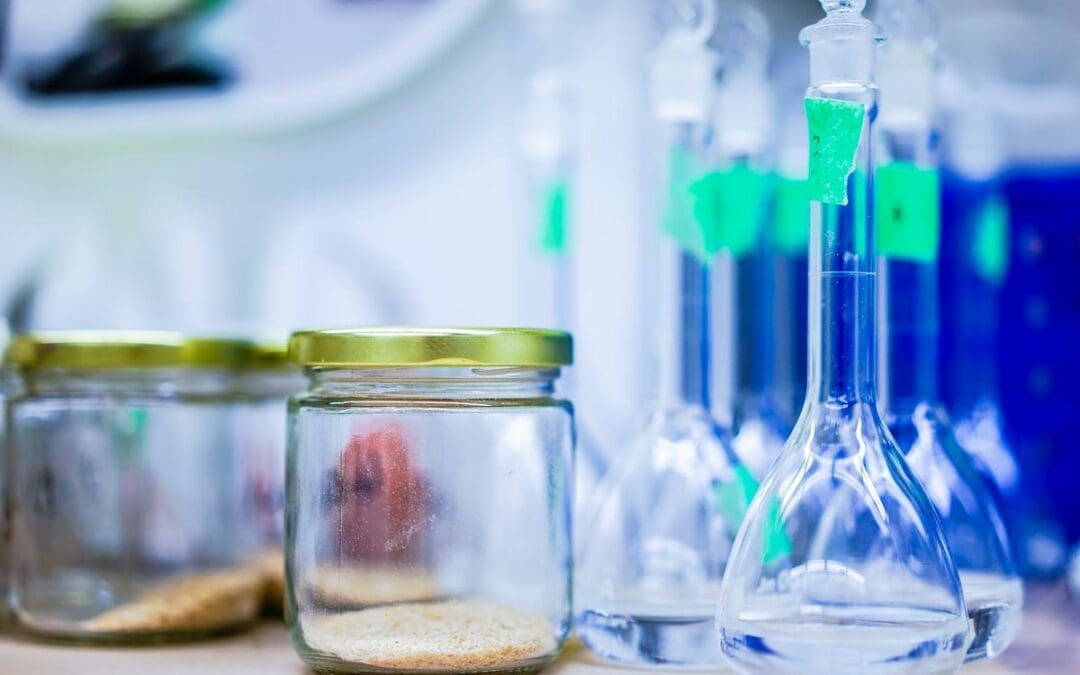It’s a familiar story here at FreshPure® Waters. A customer happily fills their bottle with FreshPure® Alkaline water, and checks the display to find out its real-time pH. Finding it 9.5 or above, they happily purchase water and bring it home. Just to be sure, they test with a pH strip to confirm the reading. And, find it doesn’t match. So, why Don’t pH Strips Work in Purified Water?
In order to understand why, here’s a little rundown about the pH scale.
Wait, what IS pH?
Ready for a little high school chemistry rehash? Here we go.
What we commonly refer to as pH refers to “potential for hydrogen.” This determines acidity or alkalinity of a substance. A high concentration of hydrogen ions keeps oxygen from reaching your cells. This creates acidity. A low concentration of hydrogen ions means that more oxygen is free to the cell. This is alkalinity. Our cells use oxygen for cellular respiration, which is completely essential for life. Our world is filled with highly acidic substances and influences from red meat, to pollution.
Alkalizing foods and beverages are great ways to help off-set these influences and promote your health.
OK, so why did the Litmus paper give a different reading?
Litmus paper and pH test strips are designed to determine the pH of liquids such as chlorinated pools, saliva, and urine. These liquids all have minerals, salts, electrolytes, and many other substances dissolved into them. These factors affect not only pH but another important level: Total Dissolved Solids (TDS).
Litmus paper and pH strips only report accurately for substances with more than 150 ppm TDS. FreshPure® Waters TDS levels are typically less than 30ppm, keeping it well below the ability of a pH strip to provide an accurate reading.
Essentially, what this means is that FreshPure® Water Reverse Osmosis technology makes it too pure to report accurate testing with pH strips.
So, how do we know the pH is accurate?
What works:
- Wide Range pH Test Kit using Liquid Reagent
According to chemists at the Water Quality Association (an industry association which represents all reputable water treatment companies) the most accurate method of measuring pH in water is the Digital pH Meter, which is what we use on our equipment. These meters must be calibrated periodically to ensure accuracy. Our technicians use a Wide Range pH Test Kit to confirm this calibration. A Wide Range pH Test Kit utilizes reagent drops to measure pH levels of low TDS, highly purified water. They are much more reliable and accurate than pH strips, and they are able to measure higher pH levels.
Questions?
We hope this helps! And, we truly love hearing from our customers. Please feel free to call and ask us any questions that arise about the science behind this testing process at: 1 (800) 471-5200
*ppm refers to parts per million
